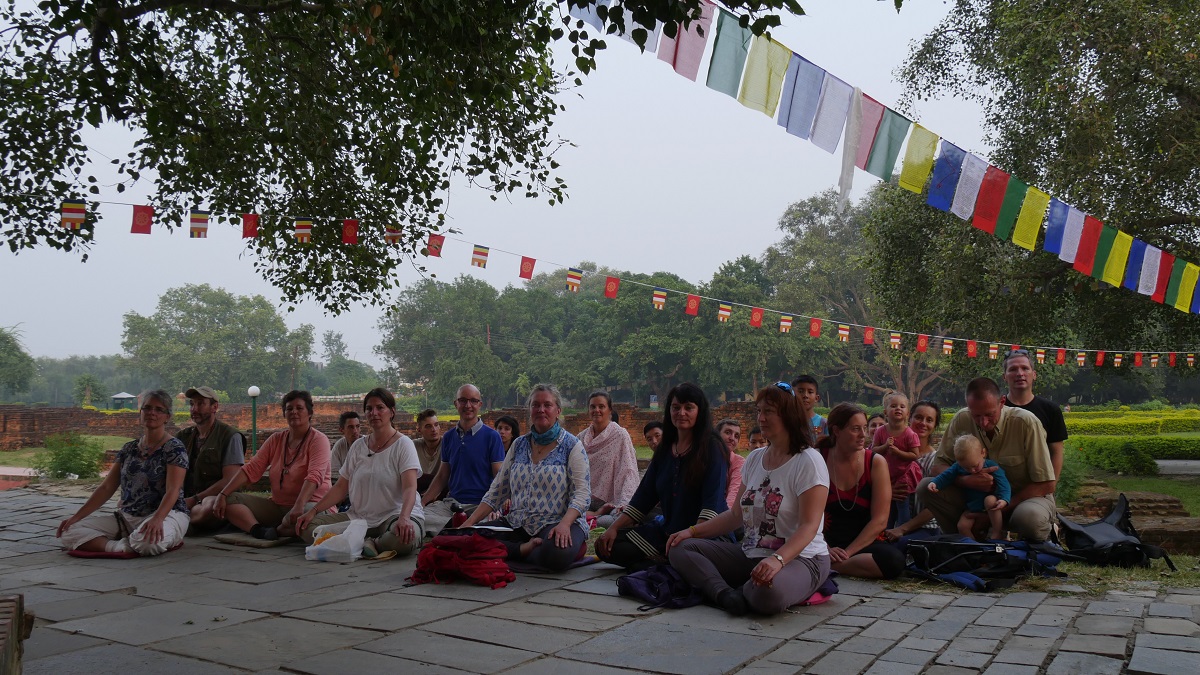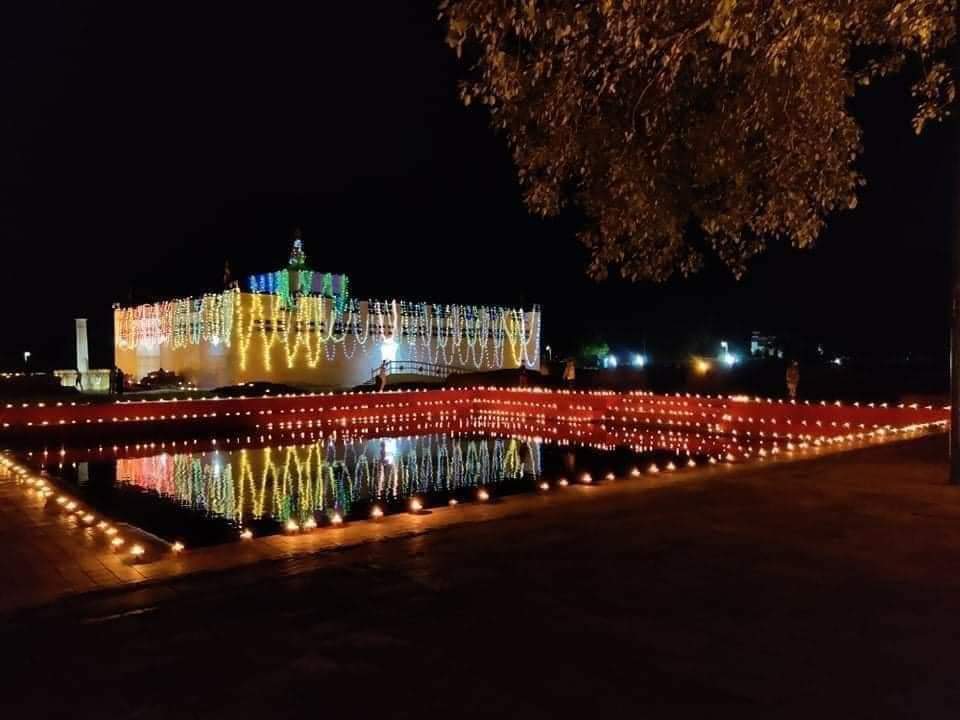Date :- 27th December 2024
Trip Info
-
Car,Jeep,van,Mini Bus
-
3 Stars Hotels
-
900m
-
Kathmandu
-
Dec, Jan ,Feb, Mar, Apr , Oct,Nov
-
Eco-Tour, Hiking, Pilgrimage, Tour, Safari
-
All meals during the tour
-
English
-
Easy
-
1-15
-
1
-
15
Overview
Nepal Cultural and Pilgrimage Tour is a spiritual journey that takes you to some of the most sacred Buddhist sites in Nepal. Over the course of 16 days, you will explore ancient monasteries, meditate in sacred caves, and witness the birthplace of Lord Buddha. The itinerary includes visits to Maratika (Halesi), Lumbini, and Chitwan National Park, each offering a unique experience.
The tour begins in Kathmandu, where you will explore the city’s rich cultural heritage, including iconic Buddhist stupas and temples. From Kathmandu, you will journey to Maratika (Halesi), known for the Maratika Cave, a place associated with Guru Rinpoche and revered for its meditation significance.
Next, you will visit Lumbini, the birthplace of Siddhartha Gautam, who later became Lord Buddha. Here, you will explore the Mayadevi Temple, Ashoka Pillar, and various monasteries that represent different Buddhist countries, creating a global spiritual atmosphere.
The journey continues to Chitwan National Park, a pristine wildlife sanctuary that offers a unique blend of spirituality and nature. Here, you will enjoy wildlife safaris, and immerse yourself in the beauty of the jungle.












